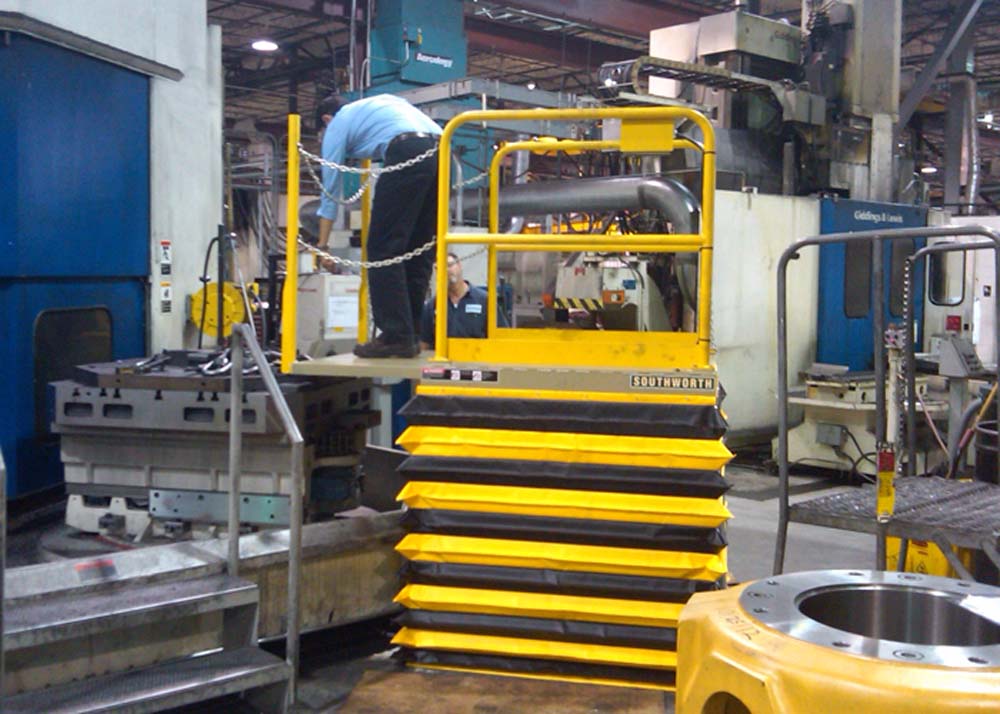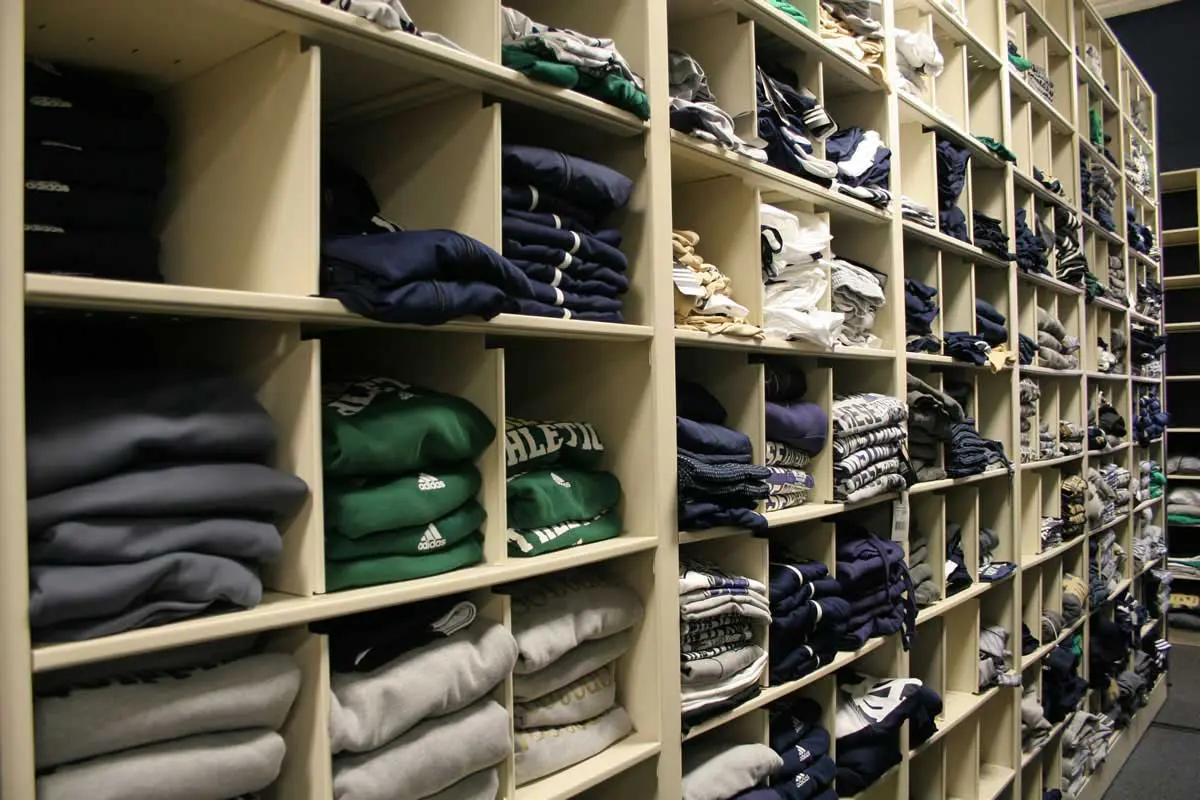
Work positioning equipment plays a pivotal role in maintaining safety standards in various industrial settings. When it comes to tasks that require working at heights or in challenging positions, having the right equipment can make all the difference between a safe, productive day on the job and a potential disaster. In this blog post, we will delve into the importance of work positioning equipment in industrial safety, exploring the various types available and the benefits they offer.
The Significance of Work Positioning Equipment
Work positioning equipment is designed to help workers perform their tasks at elevated heights or in precarious positions while ensuring their safety and stability. This gear includes a wide range of tools and devices, such as safety harnesses, lanyards, positioning belts, and anchor points, all of which are crucial for preventing accidents and falls in industrial environments.
Ensuring Worker Safety
The primary purpose of work positioning equipment is to protect workers from falls and other potential hazards. Falls from heights are among the leading causes of workplace injuries and fatalities in many industries. By using safety harnesses and other positioning equipment, employees are secured in place, reducing the risk of falling and the severity of injuries if an accident does occur.
Enhanced Stability and Control
Work positioning equipment not only prevents falls but also provides workers with enhanced stability and control over their movements. This is particularly important for tasks that require precision and accuracy, such as construction work, window cleaning, or equipment maintenance. With the right equipment, workers can maintain their balance and position, minimizing the chances of accidents or mistakes.
Increased Productivity
When employees feel safe and secure while performing their tasks, their confidence and efficiency increase. Work positioning equipment allows workers to focus on their job rather than worrying about their safety, leading to improved productivity. Employers benefit from this as well, as enhanced productivity often translates to better project timelines and outcomes.
Types of Work Positioning Equipment
Work positioning equipment comes in various forms, each designed for specific tasks and industries. Understanding the different types of equipment available is crucial for selecting the most suitable gear for a particular job. Here are some common types:
Safety Harnesses
Safety harnesses are a fundamental piece of work positioning equipment. They consist of straps and buckles that secure around a worker’s body, distributing the force of a fall across the chest, shoulders, and thighs. Safety harnesses are typically connected to anchor points and may include D-rings for attaching lanyards or other devices.
Lanyards
Lanyards are flexible lines or straps that connect to a safety harness or positioning belt on one end and an anchor point on the other. They are designed to absorb energy during a fall, reducing the impact on the worker’s body. Lanyards come in various lengths and configurations, including single-leg and double-leg options.
Positioning Belts
Positioning belts are used to provide stability and support to workers while allowing them to work hands-free. These belts are typically worn around the waist and may include additional attachment points for tools or equipment.
Anchor Points
Anchor points are fixed or temporary devices that provide a secure connection for lanyards or other attachments. They can be mounted to structures, roofs, or other stable surfaces, allowing workers to anchor themselves safely.
Work Positioning Systems
Work positioning systems combine multiple pieces of equipment to create a comprehensive solution for working at heights. These systems may include harnesses, lanyards, positioning belts, and anchor points, all designed to work together seamlessly for maximum safety and efficiency.
Benefits of Using Work Positioning Equipment
The use of work positioning equipment offers several significant benefits, both for workers and employers. These advantages contribute to a safer and more productive work environment:
Injury Prevention
The most obvious benefit is the prevention of falls and injuries. Work positioning equipment provides a crucial safety net, reducing the risk of serious accidents and their associated costs, including medical expenses and lost productivity.
Compliance with Regulations
Many industries are subject to strict safety regulations and standards. Using the appropriate work positioning equipment ensures compliance with these requirements, helping employers avoid penalties and legal issues.
Increased Worker Confidence
Knowing they are protected by reliable equipment, workers can approach their tasks with greater confidence and focus. This confidence boost often results in improved job performance and job satisfaction.
Enhanced Efficiency
Work positioning equipment allows workers to access elevated work areas with ease, reducing the time and effort required for tasks. This efficiency can lead to shorter project durations and reduced labor costs.
Versatility
Work positioning equipment is versatile and can be used in a wide range of industries and applications, from construction and maintenance to window cleaning and tree trimming.
Frequently Asked Questions (FAQ)
Q1: What industries commonly use work positioning equipment?
A1: Work positioning equipment is widely used in industries such as construction, maintenance, window cleaning, telecommunications, forestry, and more. Any job that involves working at heights or in challenging positions can benefit from this equipment.
Q2: Are there specific regulations governing the use of work positioning equipment?
A2: Yes, various regulations and standards govern the use of work positioning equipment, depending on the industry and location. Employers should be familiar with these regulations and ensure compliance to maintain a safe workplace.
Q3: How often should work positioning equipment be inspected and maintained?
A3: Work positioning equipment should be inspected regularly, and maintenance should be performed according to the manufacturer’s recommendations. Any damaged or worn equipment should be replaced immediately to ensure safety.
Q4: Can work positioning equipment be used for rescue purposes?
A4: Yes, some types of work positioning equipment, such as full-body harnesses, can be used for rescue purposes in the event of an emergency. Training and protocols for rescue operations should be established and practiced as part of workplace safety procedures.
Q5: What should workers consider when selecting work positioning equipment?
A5: Workers should consider the specific tasks they will be performing, the type of environment they will be working in, and their individual needs when selecting work positioning equipment. It’s essential to choose gear that is appropriate for the job and provides the necessary safety features.
Conclusion
Work positioning equipment is a critical component of industrial safety. It not only prevents falls and injuries but also enhances worker confidence, efficiency, and compliance with safety regulations. Employers and workers alike should prioritize the use of the right equipment for the job to ensure a safer and more productive workplace.



